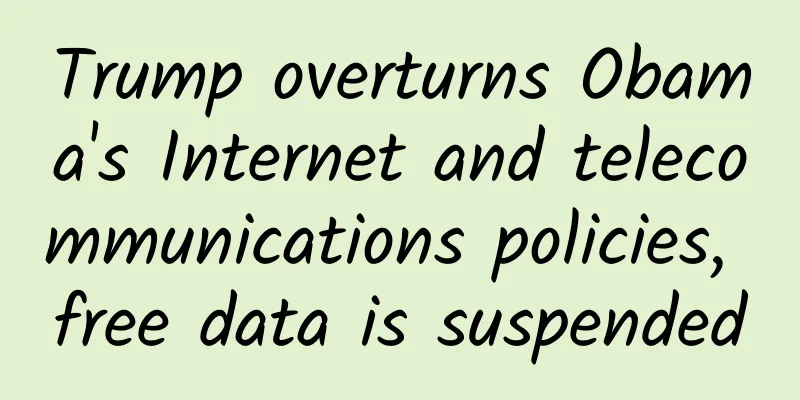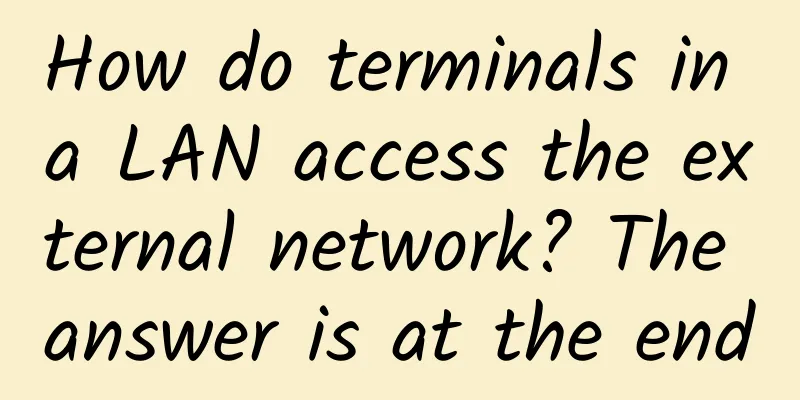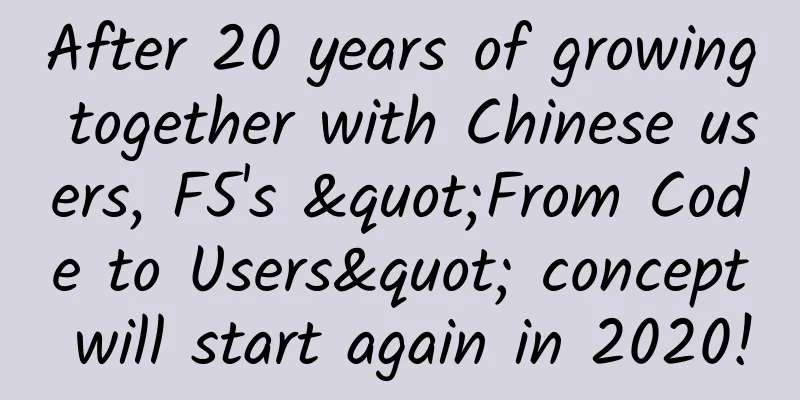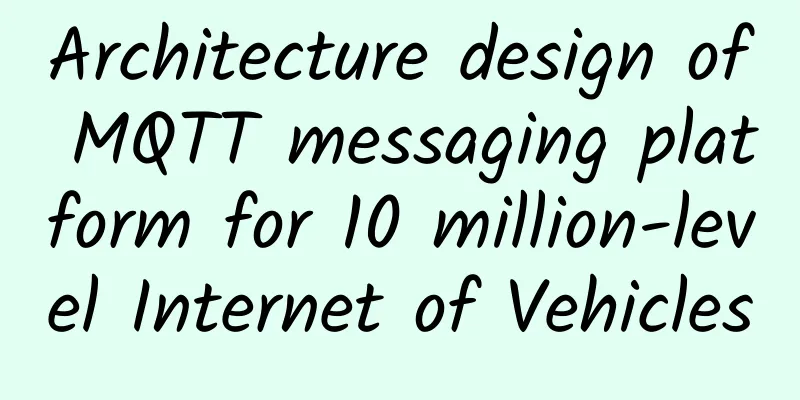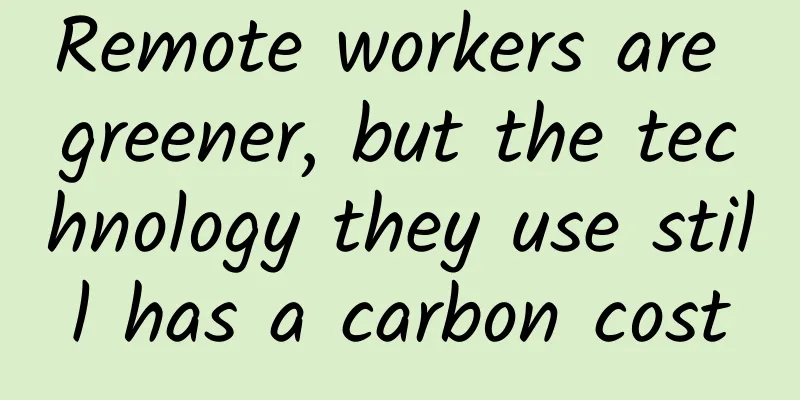Huawei launches Global Industry Vision 2025: Uncovering the industrial landscape of the intelligent world
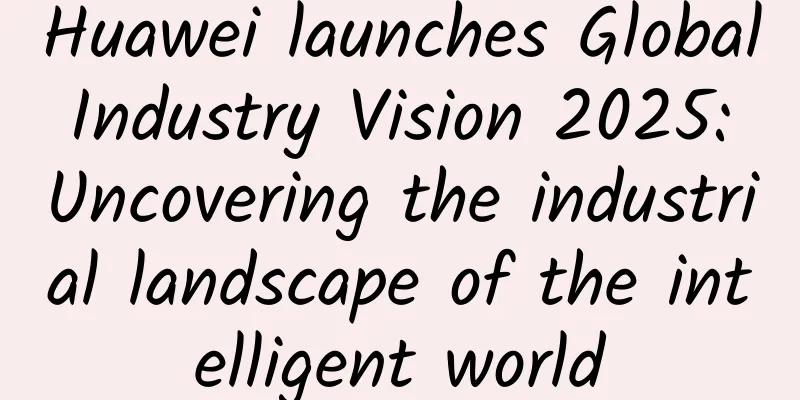
|
Huawei recently released its Global Industry Vision 2025. GIV2025 is based on Huawei's own business advantages and judgment of the industry, and has built its own scientific research method: by covering historical data from more than 170 countries, from the three dimensions of all-perception, all-interconnection, and all-intelligence, including 37 indicators such as the amount of big data generated, the adoption rate of enterprise AI, and the number of personal smart terminals, it opens up the global ICT industry trends and future development blueprint in the form of data + trends. According to GIV2025, with the upgrade of all-perceiving and all-interconnected things, everything will be brought into the world of all-intelligent things. By 2025, the number of personal intelligent terminals will reach 40 billion, the total number of global connections will reach 100 billion, and a digital economy of 23 trillion US dollars will be created. Xu Wenwei, Huawei's director and president of strategic marketing, said: "Huawei released the GIV Global Industry Outlook for the first time, with a future-oriented approach and a vision based on data and predictions. We hope to open up the industry landscape in the intelligent world driven by ICT, build a basic bridge for the diversified ICT industry ecosystem to enter the intelligent world, and work with global partners to build a fully connected intelligent world."
GIV 2025 proposes three major prospects: Outlook 1: Intelligent perception awakens everything and brings everything into the intelligent world GIV2025 points out that the first step into the digital world is the upgrade of all-perceiving and all-interconnecting. It is estimated that by 2025, the number of personal smart terminals will reach 40 billion, and the total number of global connections will reach 100 billion. These 100 billion will move from the consumer Internet to the industrial Internet. The data torrent brought by the perception of all things will be deeply integrated with various industries, forming emerging industries such as the industrial Internet of Things and the Internet of Vehicles. In addition, connection upgrades will also bring about a large traffic growth model with big video as the main data source; by 2025, the market space for "cloud VR" will reach US$292 billion. In the future, smart terminals and smart robots will upgrade from tools to assistants. In 2025, the penetration rate of smart assistants will reach 90%, and 12% of households will become users of smart service robots. With the assistance of guide robots, 39 million blind people and 246 million people with low vision around the world will be able to integrate into our world normally. Outlook 2: “+Intelligence” will give birth to new business species and help the industry achieve leapfrog development GIV 2025 points out that the "+" intelligent platform, which uses high-speed connections as the transmission system, IOT as the neural perception system, and AI deployed on the cloud as the central brain, will help achieve leapfrog development in all walks of life through intelligent analysis, decision-making and auxiliary actions. By 2025, the number of vehicles connected to the 5G network will exceed 60 million, and 100% of new cars will be connected to the network, realizing "transportation + intelligence". In addition, through "manufacturing + intelligence", the integration of ICT and OT will be accelerated, forming a benign interaction between the innovation chain, industrial chain, value chain and industrial ecosystem. Through "city + intelligence", urban planners will open up new ways of sustainable development in security governance, traffic planning and other aspects, so that citizens can enjoy the safety, convenience and happiness brought by digital livelihood. Outlook 3: Mass innovation to tap into the 23 trillion digital economy Huawei predicts that the digital economy will reach a market space of 23 trillion US dollars in the future, and the value brought by "+" intelligence will benefit all industries such as manufacturing, services, and transportation. In future development, the innovative achievements of the digital world will penetrate into every cell of society, constantly refresh the industrial form, give birth to intelligent industries, break the inherent development trajectory, achieve "leapfrog evolution", and help mass innovation. |
Recommend
Powered by EMUI 9.1, Huawei Enjoy 10S brings users a brand new smart experience
In the era of information explosion, consumers ar...
EtherNetservers: $14.95/year-1GB/40G SSD/1TB@10Gbps/Los Angeles data center/supports Alipay
EtherNetservers is a foreign hosting company that...
Detailed explanation of remote method invocation RMI, which is very similar to the idea of RPC
[[268642]] Definition of RMI RPC (Remote Procedur...
A first look at the 6G era: frequency band exploration, wide-area coverage, cloud and connectivity
When 5G R16 and R17 have not yet been launched, c...
ProfitServer New Year Russian VPS Hosting 20% off, Moscow/Chelyabinsk Data Center Available
ProfitServer is a Russian hosting company founded...
Thoughts behind "Mobile Internet Users and All-Netcom Sales Both Exceed 700 Million"
According to the latest report released by China ...
Actual measurement: What is the relationship between the router antenna direction and Wi-Fi signal?
Recently, I saw a discussion on the Tieba forum a...
How to find the IP address of the router to improve work efficiency
How to find the IP address of a router is an esse...
It may take another five to ten years for IPv6 to completely replace IPv4
[[329716]] On June 6, 2012, World IPv6 Launch, ma...
How to fill every corner of the room with Wi-Fi?
Nowadays, in a large living environment, there ar...
Share a few DOS commands that are not outdated. Please save them if you need them.
Although DOS commands are getting further and fur...
Can't catch the three-way handshake process? Then come and catch a packet with me!
Some time ago, I was busy with a robot communicat...
Integration and innovation promote educational reform, and the grand event of thousands of people in the education sector came to a successful conclusion
[51CTO.com Xi'an report] The "2017 Unive...
XenSpec: 1GB unlimited traffic VPS starting at $2.04/month, Los Angeles/Chicago data centers
I just shared the news about XenSpec a few days a...
Why is your home internet so slow? Here are all the answers!
Often when you surf the Internet at home, you wil...
